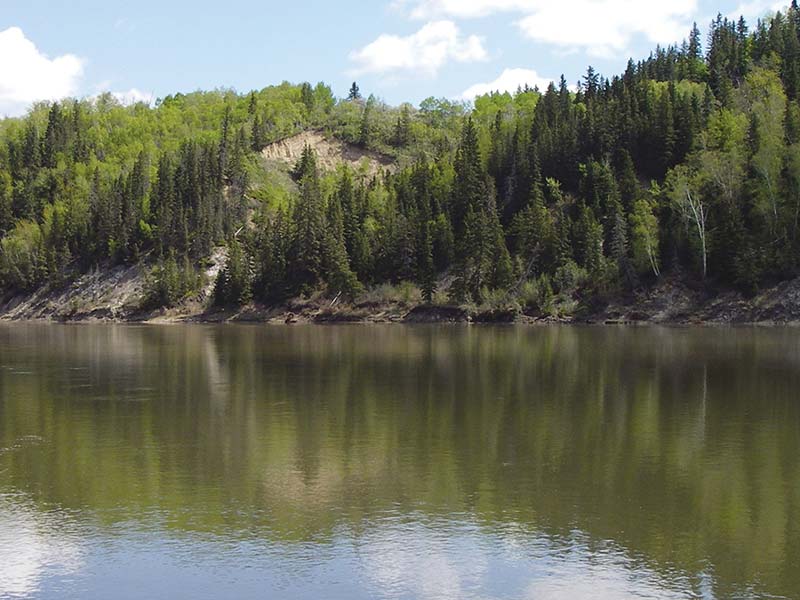Heartland 101 July 2018: Our Watershed
[cs_content][cs_section parallax=”false” separator_top_type=”none” separator_top_height=”50px” separator_top_inset=”0px” separator_top_angle_point=”50″ separator_bottom_type=”none” separator_bottom_height=”50px” separator_bottom_inset=”0px” separator_bottom_angle_point=”50″ style=”margin: 0px;padding: 0px;”][cs_row inner_container=”false” marginless_columns=”false” style=”margin: 0px auto;padding: 0px;”][cs_column fade=”false” fade_animation=”in” fade_animation_offset=”45px” fade_duration=”750″ type=”1/1″ style=”padding: 0px;”][cs_text]

The quality of the water we use is vitally important to all community members living in the Heartland region. Additionally, the availability and consumption of water—both by residents and industry—is equally concerning for all who live and work in the Capital Region and Industrial Heartland. The North Saskatchewan River watershed in the province of Alberta, Canada stretches across Central Alberta from the Rocky Mountains in the west, to the border with the province of Saskatchewan in the east. Hydrologically, it is divided into 12 tributary sub-watersheds with a total drainage area of about 57,000 square kilometres.
It is home to approximately 1.2 million people, most of whom live in the Edmonton Metropolitan Area (EMA). The watershed is made up of a complex diversity of natural land forms and ecological regions, which support a wide range of human land uses. These include providing potable water to humans, process water for industry in the (EMA), along with receiving treated wastewater from humans, and in a few cases treated effluent from industry.
In support of the Alberta government’s commitment to the adoption of a cumulative effects management approach, the Northeast Capital Industrial Association joined the provincial government, municipalities and representatives from municipal water and wastewater treatment facilities as well as the North Saskatchewan Watershed Alliance to develop a Water Management Framework for the Industrial Heartland and Capital Region. The framework interlinks with other initiatives and components related to the Alberta government’s strategic direction for managing the cumulative effects of human activity, including industrial development, on the environment.
The water quality of the North Saskatchewan River overall is good and has improved a lot over the last 50 years. Having said that, there are some areas of concern, and those are being investigated by the two municipal wastewater treatment plants and the 12 industrial facilities that discharge effluent into the North Saskatchewan River. These effluent characterization studies will lead to a load management plan for the river that will be implemented over time.
We also know that the North Saskatchewan River has the capacity to handle present water demands, however we must still manage for growth in the future.
The North Saskatchewan Watershed Alliance (NSWA) is the official Watershed Planning and Advisory Council (WPAC) for the North Saskatchewan River watershed in Alberta.[/cs_text][/cs_column][/cs_row][/cs_section][/cs_content]
